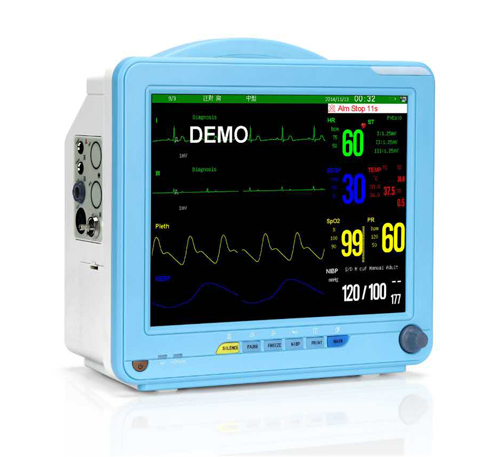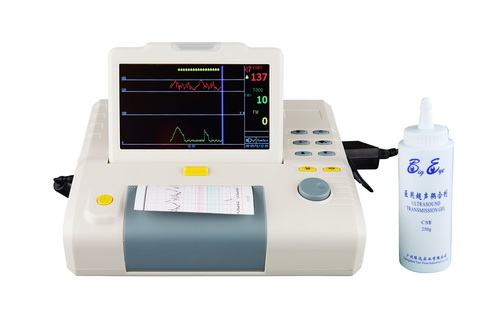The use of a remote patient monitoring system is likely to be beneficial to patients with high blood pressure, and it is likely to be beneficial now and in the future. It is likely that patients with high blood pressure will benefit from the use of a remote multiparameter patient monitor system. In the vast majority of cases, the use of home monitoring and care management services for patients with high blood pressure has been shown to be extremely beneficial to them.
In that particular year, the date will be observed on November 29, 2021 in that particular year; the following year, it will be observed on November 29, 2022 in that particular year; and the following year, it will be observed on the 29th of November in that particular year. If you suffer from a chronic illness, you should think about developing remote patient monitoring (RPM) programs to help you manage it. You should think about identifying populations that are most likely to benefit from home monitoring and care management services, as well as ways to reduce costs, according to the National Institutes of Health when developing remote patient monitoring (RPM) programs that can assist you. Individuals who suffer from medical conditions such as high blood pressure, for example, are included in this group of people, as is the general public.
Patients with a history of hypertension or prehypertension can be targeted by an RPM program, which can improve clinical outcomes while also reducing the need for costly treatments. It is considered to be high blood pressure (high systolic blood pressure) in the presence of other risk factors, such as diabetes, if the systolic blood pressure (SBP) is high and the diastolic blood pressure (DBP) is low. Patients who participate in a program that allows for regular monitoring of manageable conditions have a greater chance of being identified and treated earlier, before the condition progresses to the point where hospitalization is required.

It is your responsibility to create a simple RPM program that will serve as the starting point for the procedure, which will be the first step in the procedure's development. Step 1: Create a simple RPM program
Among the components of an effective care management plan are daily monitoring of blood pressure and pulse readings, as well as regular checkups, which can be included in a routine checkup. The program's overall mission is accomplished through the provision of a wireless blood pressure monitor to qualified patient monitors. The wireless blood pressure monitor allows patients to take daily blood pressure readings and transmit that information to their health-care team via wireless communication. Members of the care team should be working with patients to ensure that readings are taken at specific times (for example, first thing in the morning and last thing at night; after physical activity). Once the results of the readings have been received by the patient's health-care team, it will be determined whether or not it is necessary to modify the patient's medication regimen.
The Chief Medical Officer at Withings, Shikha Anand, points out that any healthcare organization that implements a home RPM program for hypertension must ensure that the devices used in the home are correctly calibrated and that patients understand how to take their blood pressure in the proper manner. However, Anand believes that, despite his optimistic outlook, there is still much work to be done, despite his optimistic outlook. Anand believes that there is still much work to be done despite his optimistic outlook. To be considered successful, a program must first and foremost ensure that patients are comfortable with technology and that the data collection process does not become a burden on them during the course of the process. To determine whether or not a project is successful, it is also necessary to ensure that the information gathered is accurate and reliable.

In order to be in compliance with the law, service providers are required to establish a baseline for the information they collect from clients and customers from whom they collect services. When calculating this baseline, it is important to use the highest level of precision that is possible. More than simply informing the patient monitor of what his or her blood pressure readings should be is required in order to establish a baseline; in order to accomplish this goal, it is also necessary to determine what constitutes a normal blood pressure reading for that specific patient. The baseline readings of the patients are taken throughout the day as they go about their daily activities, as shown in the chart below. This makes it possible to make a more accurate comparison of the results at the end of the day. The cardiac activity of patients who have engaged in strenuous exercise or stressful activities will be detected and reported to them by their healthcare providers after they have completed the activity. In the future, additional readings will be taken to determine how the patient's cardiac activity is affecting him or her.
Because of this collaboration, a routine for taking blood pressure readings at appropriate times throughout the day will be developed that will be efficient and effective for both providers and patients, as well as beneficial to both in the long term. It has been suggested by the American Heart Association that a patient's blood pressure readings can be used to develop the most effective care management plan for that patient, allowing them to keep their blood pressure under control for the longest period of time possible. Based on their analysis of the data, they will be able to identify trends and determine when medical professionals should make adjustments to their treatment in response to the information they have gathered.
When used properly, a reporting dashboard can be extremely beneficial to healthcare providers in a variety of ways. This is something that should not be overlooked. The primary advantage is that it makes the difficult task of patient monitoring much more manageable for the caregiver. When it comes to making the transition from episodic to longitudinal care, both patients and healthcare professionals are becoming increasingly reliant on the availability of such tools in the industry. Tools that can assist patients throughout their healthcare journeys while also allowing providers to identify trends and opportunities for timely intervention are examples of longitudinal care technologies.












